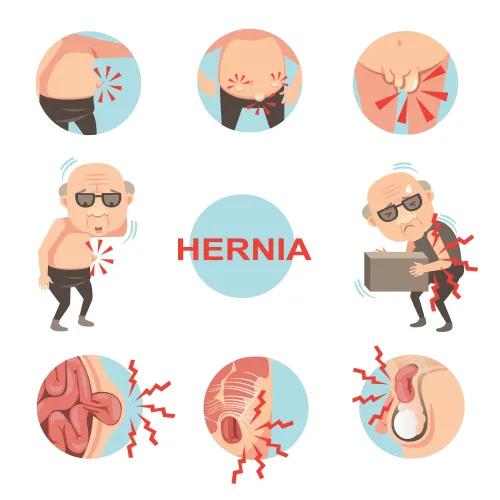Justify GI Surgeries With Accurate 'Abdominal Pain' Reporting
Document carefully to choose the right code. You wouldn’t expect appendicitis in a patient presenting with left-upper-quadrant (LUQ) pain, but you just might provide misleading diagnostic information if you don’t know how to accurately code the condition. Let us help you hone your abdominal-pain coding skills with our expert tips. Make sure you know the crucial features that drive the surgeon’s clinical decision making as well as your ICD-10 code choice, such a location, severity and extent of the pain. “Abdominal pain is found under chapter 18 of ICD-10, in category R10 (Abdominal and pelvic pain…),” says Catherine Brink, BS, CMM, CPC, CMSCS, CPOM, president, Healthcare Resource Management, Inc. Spring Lake, NJ. “ICD-10 coding depends on the site, etiology and manifestation or state of the disease or condition.” Identify Location for Coding Accuracy Abdominal pain includes any discomfort in the region between the chest and the groin. It may indicate trouble in many organs, from heart to diaphragm, to appendix to gall bladder and anything in between. That’s why it’s important to “communicate with your providers in order to get them to document appropriately,” says Lisa Center, CPC, Physician Practice Manager, Via Christi Hospital Pittsburg, Inc. Pittsburg, KS. For localized abdominal pain, ICD-10 provides a range of codes in R10.1- (Pain localized to upper abdomen…), R10.2 (Pelvic and perineal pain) and R10.3- (Pain localized to other parts of lower abdomen…). Do this: For pain that the physician can isolate to the upper or lower abdomen, choose the most specific code from R10.1- or R10.3-. For pelvic pain, report R10.2 (Pelvic and perineal pain) For upper abdomen, select one of the following: To specify lower abdominal pain, report one of these codes: Don’t miss: “When pain complaints are in more than one region, then using more than one code may be appropriate,” says Michael Weinstein, MD, former representative of the AMA’s CPT® Advisory Panel Turn to Other Codes for ‘Generalized’ Abdominal Pain Sometimes the patient’s abdominal pain has other characteristics that you need to capture in your diagnosis coding that relate to severity and extent of pain, which may not be localized. That’s when you need to turn to other ICD-10 options. For instance, if the patient presents with severe pain that is generalized throughout the abdomen, often with some rigidity, you should report R10.0 (Acute abdomen) instead of one of the localized codes. If the clinicians documentation provides little specificity, you might need to use R10.9 (Unspecified abdominal pain). Get specific: For abdominal pain with detailed characteristics, turn to category R10.8 (Other abdominal pain). Look at the following codes and get familiar with the terms, then make sure that your surgeons know how to document these symptoms so that you can always choose the right code: Codes R10.81- and R10.82- require an additional (sixth) digit to add location specificity to the codes, as follows:




